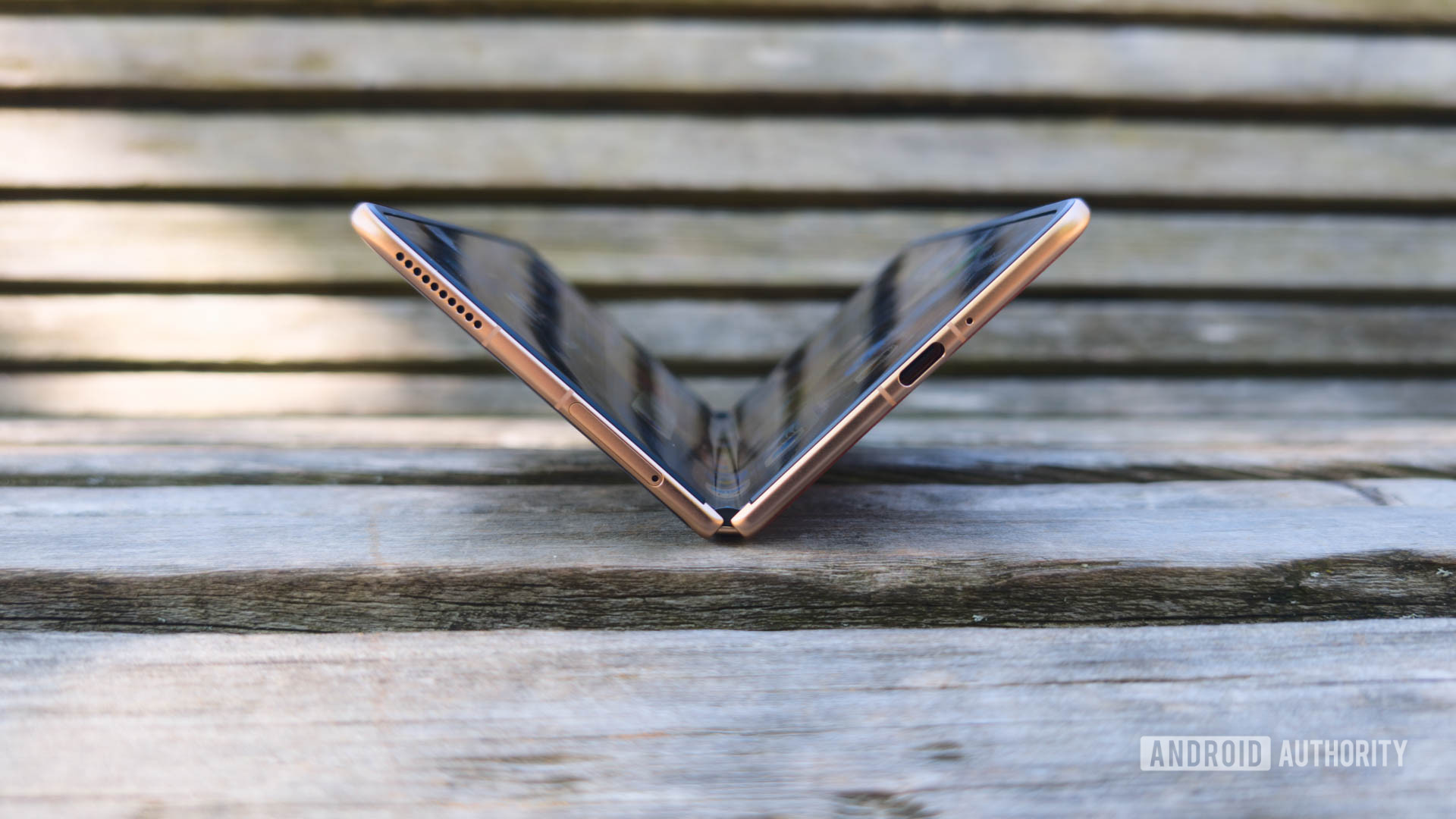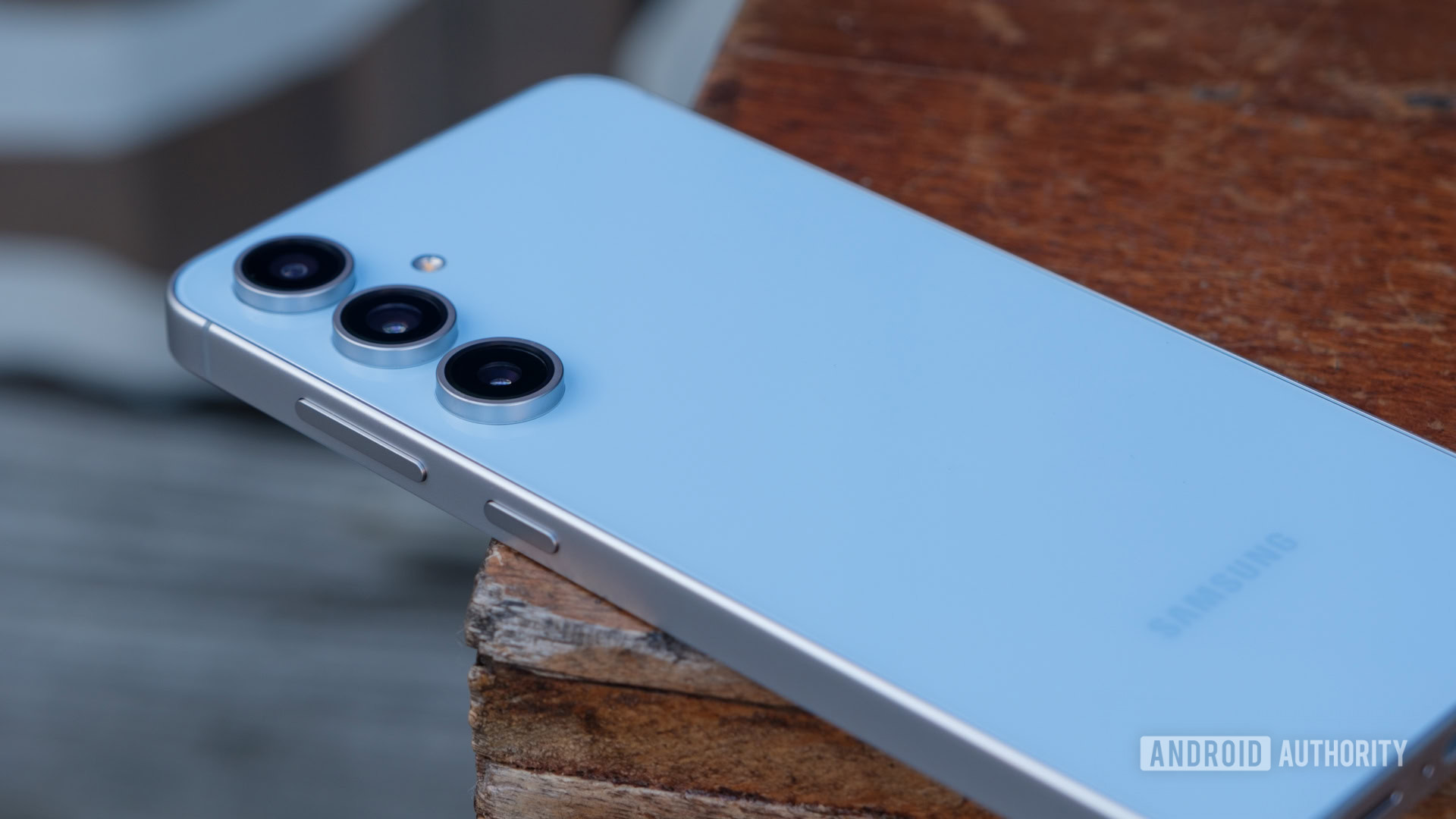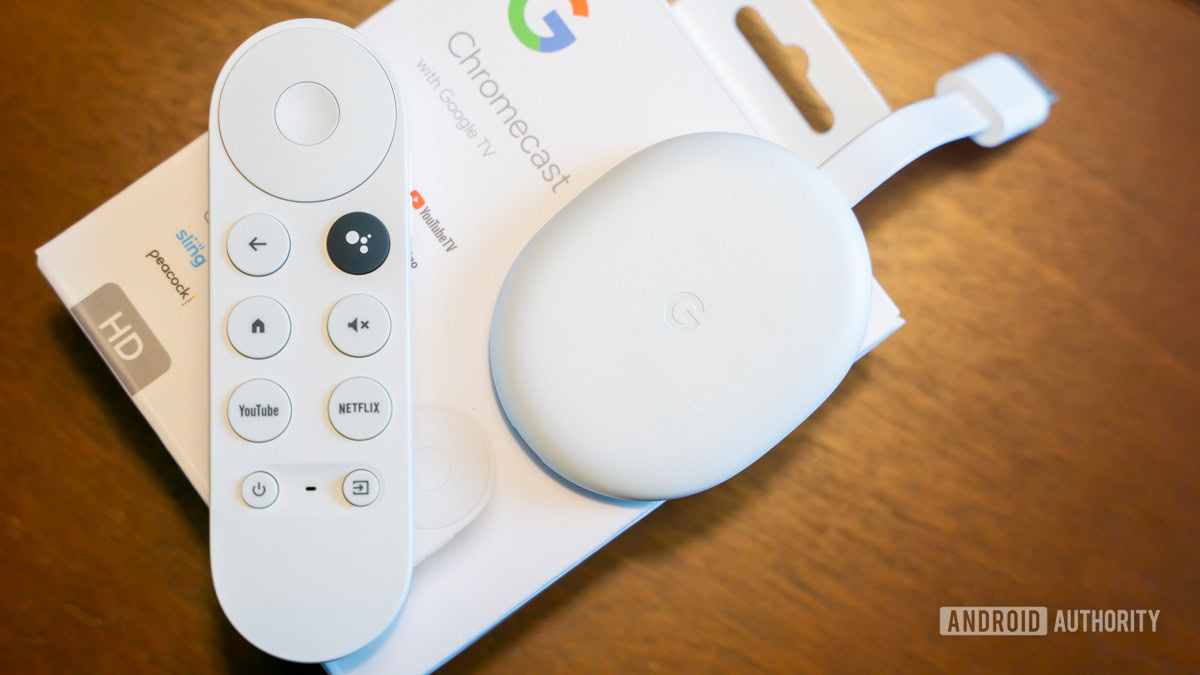Rita El Khoury / Android Authority
What year is this? Are ultra-slim phones about to come back in fashion after a decade away? If the latest rumors are to be believed, they are. Apple is said to be preparing an iPhone 17 “Air” next year, and Samsung a Galaxy S25 “Slim” as part of its upcoming flagship launch.
It’s early days for these rumors, so take them with a pinch of salt. The speculation doesn’t even suggest just how trim Apple and Samsung plan to make these models — they could be slim only by a marginal comparison to their siblings. I wouldn’t exactly call the 7.6mm Galaxy S24 a chunk, and would shaving 0.5mm off really make the phone feel that much different? Absolutely not. Still, previous attempts to slim down handsets saw rarities like 2014’s vivo X5 Max end up thinner than 5mm. If Apple and Google can get that far, they’d be quite a lot trimmer than today’s leading flagships. The question is: But why?
Do you want slimmer flagship phones?
0 votes
Well, for starters, big Chinese brands are owning the space. Take a look at recent affordable phones like the HONOR 200 Lite, which comes in under 7mm, and the OPPO Reno12 Pro, which is just a hair over. Equivalent large-display iPhones and Galaxys are all closer to 8mm and even thicker once you reach the same price brackets as these brands. While many consumers might not even notice a tiny bit of extra heft to their phones, Apple and Samsung have their eyes on the lucrative, aesthetically driven Chinese market, where every millimeter saved counts for extra style points. Slim phones could be their golden ticket.
Thin designs offer a feint of creativity in an otherwise familiar market.
For Apple, the iPhone 17 Air is also reportedly a precursor to its long-awaited foldable ambitions. The phone is rumored to feature a thinner and more efficient Novatek OLED panel, which would be an important development for making any iPhone foldable as portable as existing competitors. The HONOR Magic V3, for instance, is only 4.35mm thin when opened flat and 9.3mm closed, and the HUAWEI Mate XT Ultimate measures a similar 4.75mm. When you’re essentially folding a phone in half, thinness matters a lot.

C. Scott Brown / Android Authority
For Samsung, which already has its well-established Z Fold and Z Flip lines, a Galaxy S25 Slim might also be tied to its foldable ambitions. The Galaxy Z Fold Special Edition has taken the Z Fold 6’s comparatively chunky closed thickness from 12.1mm down to 10.6mm. Bringing these same enhancements to a traditional flagship form factor offers an easy way to at least appear innovative in today’s mostly stale hardware market.
Of course, slim phones leave less room for key hardware specifications. Batteries have to be thinner, which means sacrificing capacity, although that’s a bit less of a problem with modern battery advancements. There’s less room for beefy heat sinks, seemingly essential with today’s high-performance chips. Not to mention the likelihood of larger camera bumps or trading down for smaller, inferior sensors to fit them in. You simply can’t have it all.
Thin designs are the antithesis of high specs.
Thinness is the antithesis of a high-spec smartphone, which is no doubt why the iPhone 17 Air is rumored to fall toward the lower end of Apple’s next-gen portfolio. Outside of a foldable, it’ll likely take years before Apple can take a thin form factor up to the ultra-premium tier. Even then, a thicker phone would always be able to pack more in. Still, with the iPhone Mini out to pasture and Plus models struggling for mindshare, a reasonably affordable Air model might find a warmer reception.
Likewise, Samsung is struggling to find a key differentiator between its increasingly similar baseline flagship and Galaxy S FE models. Perhaps a Slim with more affordable specifications would stand out? It’s worth a punt, I suppose.

Ryan Haines / Android Authority
Or perhaps not. There’s no clear indication that consumers are insatiable for particularly pocketable phones. Countless attempts at compact models have failed to strike a chord with consumers despite reviewing well and having at least a niche following. Just look at the aforementioned iPhone Mini or Sony Compact models; the sales volume just isn’t there. Slimmer phones aren’t addressing the very same sub-6-inch screen market, of course, but they never really took off when the formula was last tried a decade ago, either. I don’t think all that much has changed since then.
Battery life, photography capabilities, and affordability still rank highly on consumer wishlists. Slimmer phones are unlikely to meet any one of those needs as well as current models do, let alone all of them. While thinness matters for foldables, it’s not such an issue for the classic glass slab. However, I’ll be happy to be surprised, if these phones turn out to be real, that is.






 English (US) ·
English (US) ·